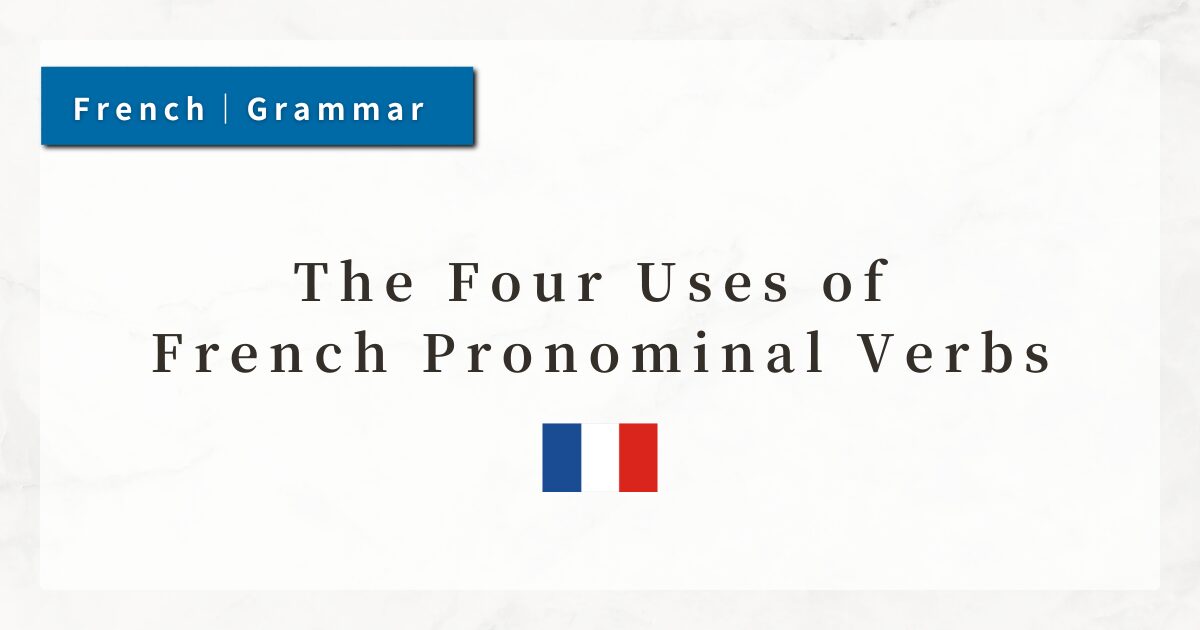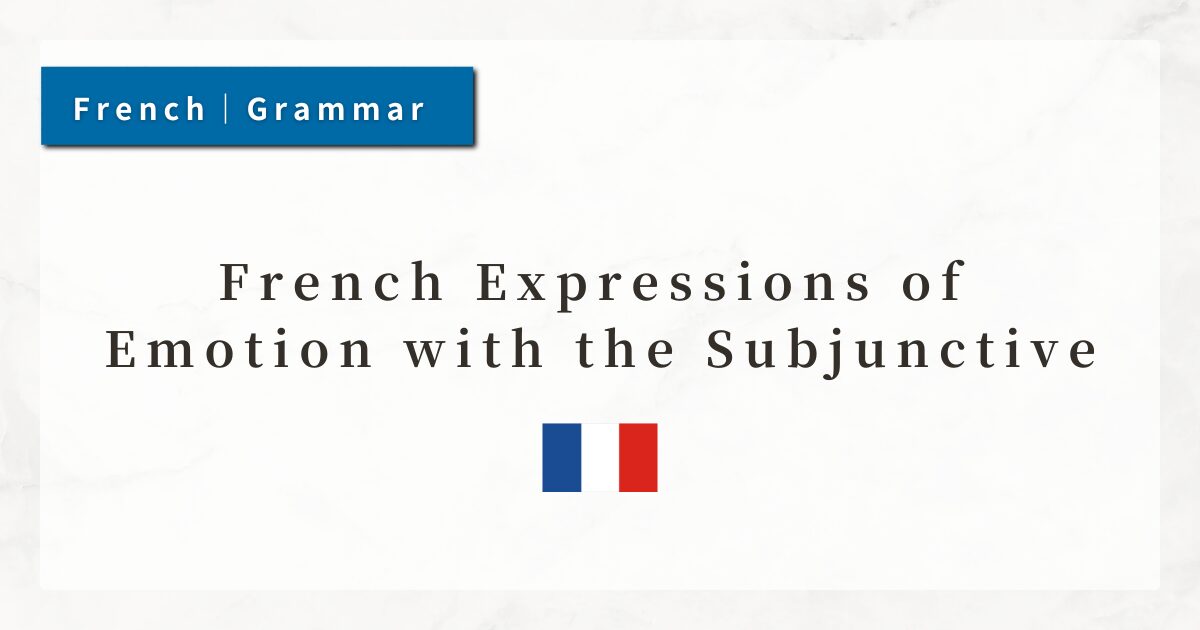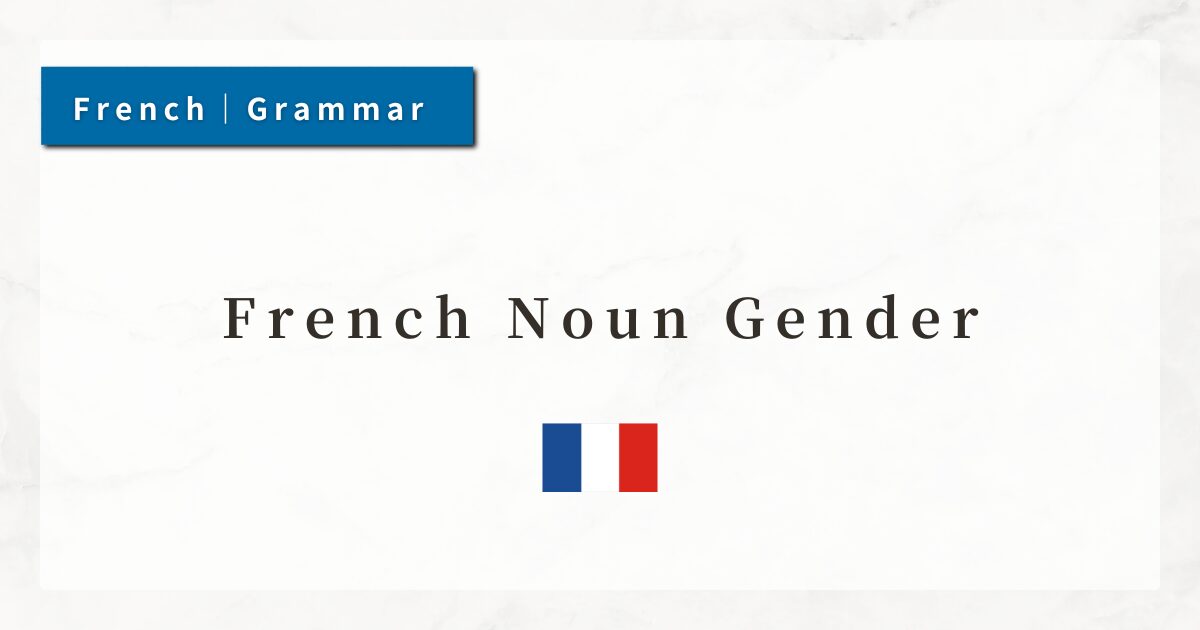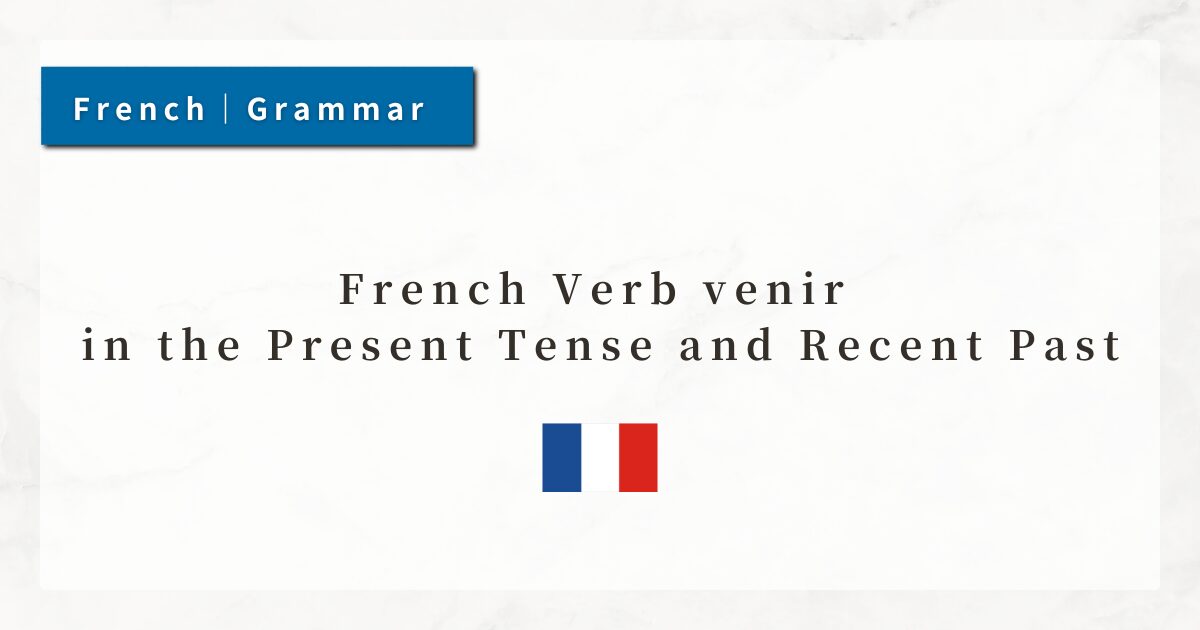#10 How to Form French Questions | Basic Rules with Examples
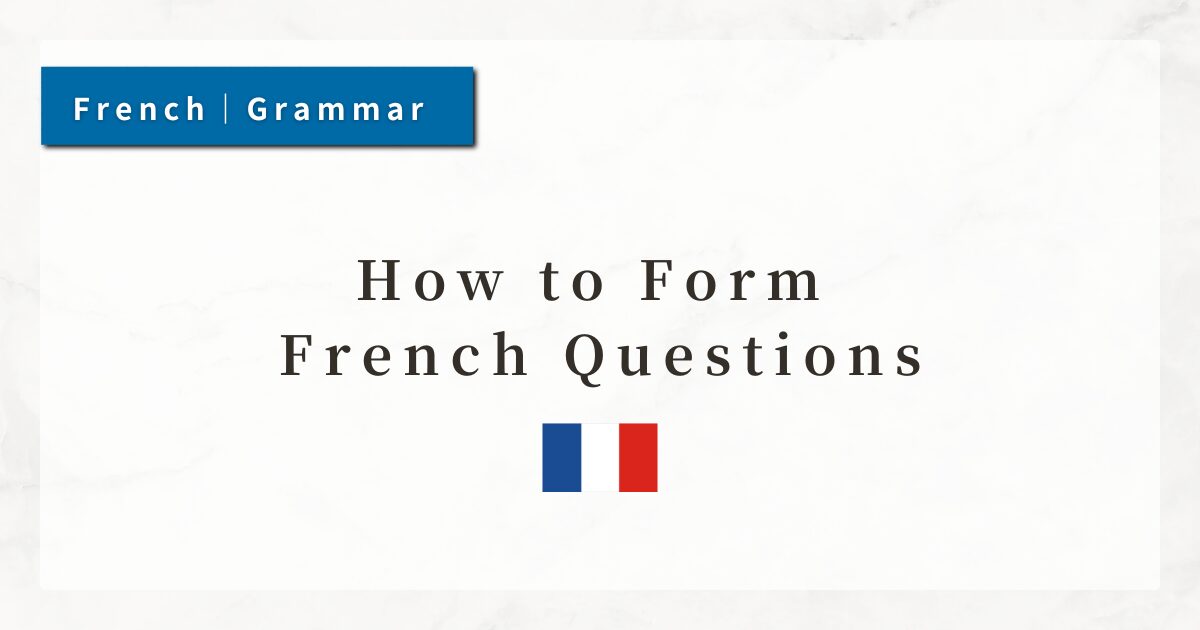
In French, there are several ways to turn a declarative sentence into a question.
Among them, the two most common and essential methods are using est-ce que and inversion (reversing the order of the subject and the verb).
In this lesson, I will explain the rules and differences between these forms of questions, and how to use them correctly.
1. Types of Questions
In spoken French, it is possible to form a question simply by changing the intonation (raising the pitch at the end of a statement). However, intonation-based questions are limited to spoken language. To form grammatically correct questions, specific constructions must be learned.
Here, we will focus on the two most fundamental methods.
1-1.Using est-ce que
The phrase est-ce que is the most standard and straightforward way to form a question. You simply place est-ce que at the beginning of a declarative sentence.
- Declarative:
Tu parles français. (You speak French.) - Question:
Est-ce que tu parles français ? (Do you speak French?)
Since the word order does not change, this method is easy for beginners to master.
1-2. Using Inversion
Another fundamental method is inversion, where the verb and subject pronoun exchange places. This is somewhat similar to English questions (e.g., Do you speak?), but French has stricter rules.
- Declarative:
Il vient. (He is coming.) - Question:
Vient-il ? (Is he coming?)
Inversion produces concise sentences and is especially preferred in formal or written contexts.
2. Questions with est-ce que
2-1. Features of est-ce que
For learners of French, the first method to master is using est-ce que. This structure is simple because it does not require changing word order—just add est-ce que to the beginning of a statement.
2-2. Before Words Beginning with a Vowel or Silent h
French avoids awkward vowel collisions. This principle also applies when forming questions with est-ce que. If the following word begins with a vowel or silent h, the final -e of que is dropped, forming the contraction qu’.
- Est-ce qu’il vient ? (Is he coming?)
← from Est-ce que il vient ? - Est-ce qu’elle est prête ? (Is she ready?)
← from Est-ce que elle est prête ?
The contraction is required to avoid unnatural sequences like que il or que elle.
Although h looks like a consonant, a silent h (h muet) is treated as a vowel, so contraction is required.
- Incorrect:
Est-ce que homme vient ? - Correct:
Est-ce qu’homme vient ? (Is the man coming?)
However, with words beginning with aspirated h (h aspiré), such as héros (hero) or haricot (bean), contraction is not used. Whether h is silent or aspirated is indicated in dictionaries and must be memorized gradually.
3. Inversion: Formal Question Formation
3-1. Features of Inversion
Inversion (verb + subject pronoun) creates a slightly formal impression but results in concise and natural French.
- Aimez-vous la musique classique ?
(Do you like classical music?)
It is mainly used in written language, news reports, lectures, and interviews—contexts that require a more formal tone.
3-2. When the Subject Is a Noun
If the subject is a pronoun (je, tu, il, etc.), simple inversion works. But if the subject is a noun (e.g., Marie, Paul, a book title), you cannot invert the noun directly. Instead, you keep the noun in place and add a corresponding pronoun for inversion.
- Declarative:
Marie vient. (Marie is coming.)
→ Question:
Marie vient-elle ? (Is Marie coming?) - Declarative:
Ton frère joue au football. (Your brother plays soccer.)
→ Question:
Ton frère joue-t-il au football ? (Does your brother play soccer?)
The pronoun is necessary because direct inversion of a noun would violate French word order rules.
3-3.Insertion of -t-
To avoid vowel collisions, French sometimes inserts -t- between the verb and subject pronoun during inversion.
Conditions for insertion:
- The verb ends with a vowel.
- The subject pronoun is il / elle / on.
Examples:
- Il a un frère. (He has a brother.)
→ A-t-il un frère ? (Does he have a brother?) - Elle arrive demain. (She arrives tomorrow.)
→ Arrive-t-elle demain ? (Is she arriving tomorrow?)
Without -t-, combinations like a il or arrive elle would be awkward to pronounce. The inserted -t- has no grammatical meaning, but it is obligatory in writing, especially in formal contexts and exams.
4. Summary
- The two basic methods for forming questions in French are est-ce que and inversion.
- Est-ce que is simple and suitable for beginners, as it does not alter word order.
- Inversion is used in formal or written contexts and creates concise, natural-sounding sentences.
- Before vowels or silent h, que contracts to qu’.
- In inversion, -t- may be inserted for pronunciation between verb and pronoun (il / elle / on).

